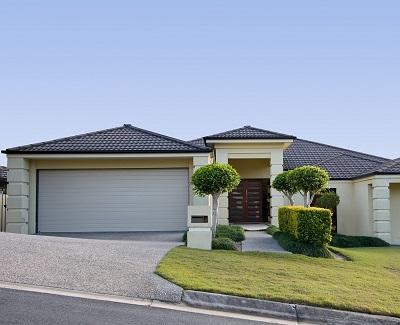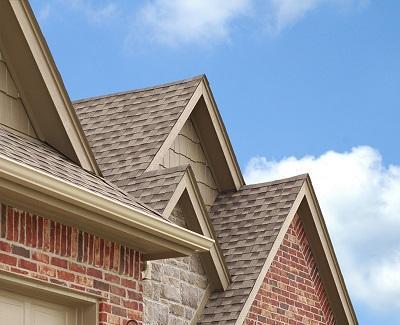The truth is, all roofs are sloped. Differentiating based on slope is just a matter of determining whether a roof is low- or steep-sloped. Both types of roofs have their own strong points, so let’s check them out to see which ones would best fit your needs and preferences.
Low-Slope Roofs
Low-slope roofs are roofs that have a slope ratio of 3/12, meaning that for every 12 inches the roof surface rises no higher than three inches. Flat roofs, despite having no noticeable slope, are actually classified as low-slope roofs.
Advantages of Low-Slope Roofs
Given the way they are constructed, low slope roofs require less structural support. This means installation may require fewer materials, making getting a low-slope roof more affordable. Low-slope roofs also have a minimalistic appearance and smaller profile which makes them ideal for more modern homes and areas prone to high winds and storms.

Low-slope roofs can also help improve energy efficiency in a home by not taxing HVAC systems, because their low-slope design leaves less space between the roof and the ceiling. With less to heat or cool, HVAC systems don’t have to work overtime and guzzle power to keep a home comfortable.
Come maintenance time, low-slope roofs are also easier to inspect. They don’t have steep surfaces, so they can be walked on and checked with minimal risk. Should a repair or replacement be needed, these tasks are also easier to carry out because of the relatively flat surface low-slope roofs have.
Steep-Slope Roofs
Steep-slope roofs, on the other hand, are roofs that have more than a 3/12 slope ratio. Inverse of what low-slope roofs follow, this means that for every 12 inches the roof rises more than three inches. This is why steep-slope roofs have a tendency to be very tall, resulting in a large footprint overall.
Advantages of Steep-Slope Roofs
Appearing imposing because of their slope, some of the most impressive-looking roofs around are steep-slope roofs. It is for this reason that it’s easy for a lot of people to think that steep-slope roofs look better compared to their low-slope counterparts. Making a roof stand out, however, is only partly due to its slope. Roofing materials and the roof’s overall design are what make it eye-catching.

The steeper the slope, the easier it is for rain and snow to simply roll off, so steep-slope roofs are great for areas that experience heavy rains and snow. A steeper slope also means more space between the roof and ceiling, creating attic space for storage or even a spare bedroom or home office. This extra space also helps air to circulate more freely, providing better overall ventilation for a home to increase comfort and help prevent moisture-related problems like wood rot and mold growth.
====================
Author Bio:
Bob Dresback is roofing expert based in Minneapolis and the owner of Garlock-French Corporation. He enjoys sharing his roofing knowledge and experiences with his clients through his blog posts and online articles. Check out the company blog for more of his wisdom.
====================
